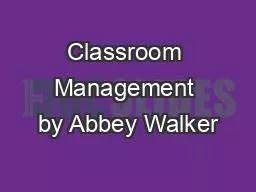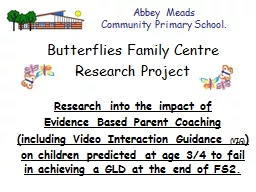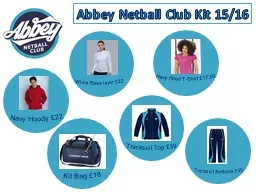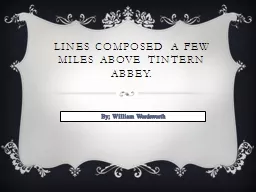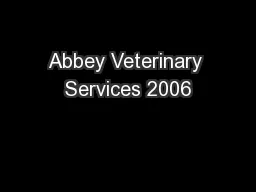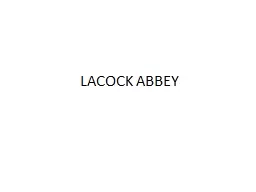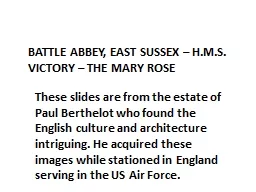PPT-Classroom Management by Abbey Walker
Author : crashwillow | Published Date : 2020-08-03
What is good classroom management What does a classroom look like and sound like that has good management think write thoughts down 5 min pair discuss your
Presentation Embed Code
Download Presentation
Download Presentation The PPT/PDF document "Classroom Management by Abbey Walker" is the property of its rightful owner. Permission is granted to download and print the materials on this website for personal, non-commercial use only, and to display it on your personal computer provided you do not modify the materials and that you retain all copyright notices contained in the materials. By downloading content from our website, you accept the terms of this agreement.
Classroom Management by Abbey Walker: Transcript
Download Rules Of Document
"Classroom Management by Abbey Walker"The content belongs to its owner. You may download and print it for personal use, without modification, and keep all copyright notices. By downloading, you agree to these terms.
Related Documents

